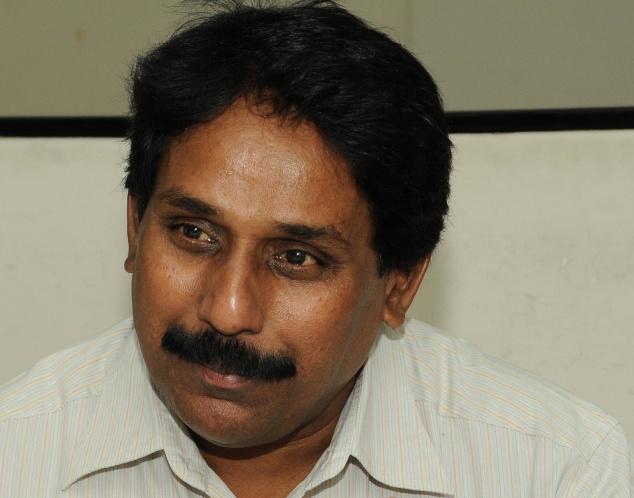
Could this be the answer to the problem of excess fluorine in drinking water? The method developed by Andhra Loyola College (ALC) chemistry senior grade lecturer Y.Hanumantha Rao has worked very effectively at the laboratory-level and is comparatively low cost. But he felt more research should be done to translate the work he has done in the laboratory to the field. He has been teaching at the ALC for over two decades and decided to do some research to help people.
Mr Hanumantha Rao said that he had analysed drinking water from 24 villages in Kandukur mandal of Prakasam district. While the range of fluorine in potable water should be between 0.05 parts per million (ppm) and 1.50 ppm, the level of fluorine in these villages was between 1.50 ppm and 4 ppm.
Using three kinds of “bio-waste” available locally — sorakaya (snake gourd), Tummakaya (prosopis) and Jammu (thick grass) — for developing activated carbon that removes 90 per cent of the fluorine by the process of adsorption, a process that is different from absorption. The fluorine gets physically and chemically bonded to the activated carbon and the water becomes potable.
The bio-waste had to be incinerated in a muffle furnace to 700º centigrade until it was reduced to powder. The powder was then washed with concentrated Nitric Acid to be “activated”. This was comparatively cheaper then the activated alumina that was being used for defluoridation, he said. The activated carbon had to be washed with an alkaline solution to reactivate it from time to time, Mr Hanumantha Rao said.
When he submitted his research work to the Acharya Nagarjuna University for review he was granted a Ph.D., Mr Hanumantha Rao said.
source: http://www.thehindu.com / The Hindu / Home> News> Cities> Vijayawada / by Special Correspondent / Vijayawada – January 19th, 2014